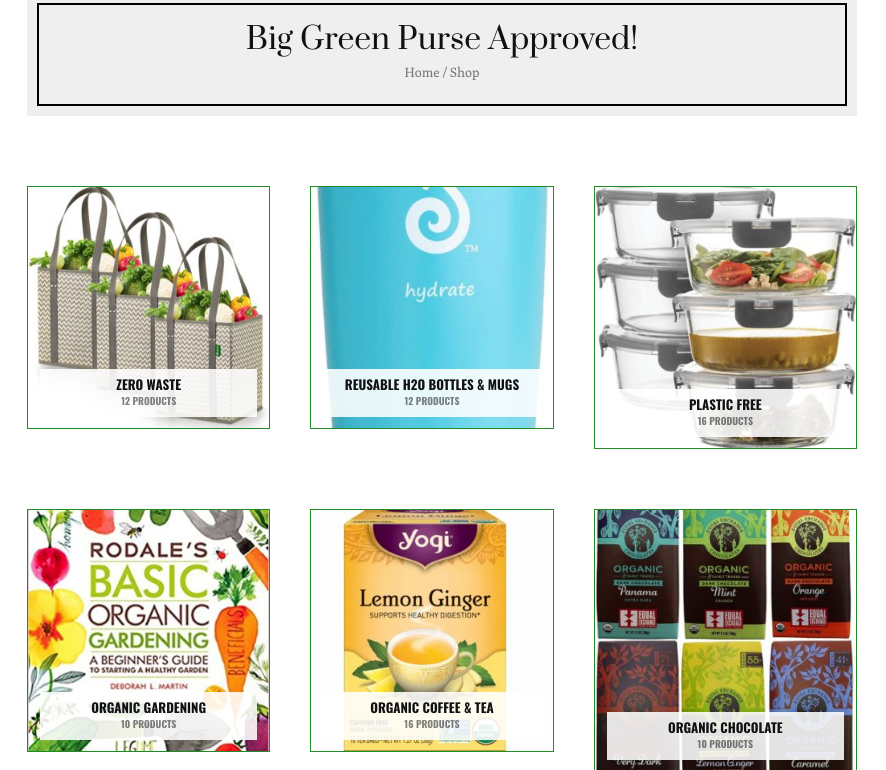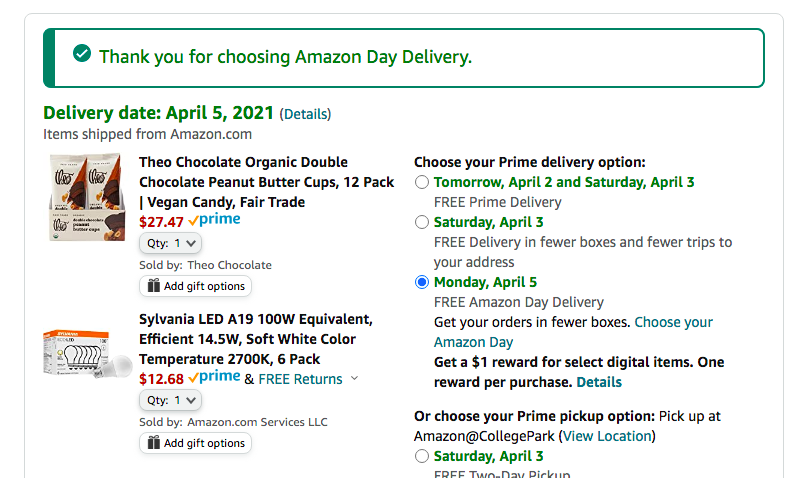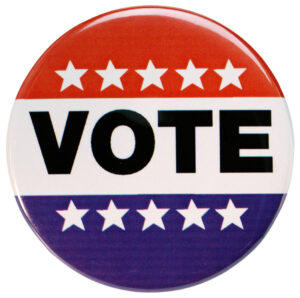
We’ve all gotten so used to shopping on Amazon that we usually don’t give it a second thought. But the environmental impact of shopping on Amazon — and almost anywhere online, really — is HUGE. That’s why I wanted to share 11 ways I’ve been able shrink the environmental impact of shopping on Amazon and elsewhere online. These steps have saved me a lot of money, reduced clutter in my house, and helped me protect Nature and stop climate change. I think they’ll help you make a difference, too!
But first, why reduce the environmental impact of shopping on Amazon?
All That Carbon – Carbon, and specifically the carbon dioxide emitted during mining and manufacturing, is one of the biggest causes of the climate crisis. Extreme weather events, the spread of infectious diseases, worsening illnesses like asthma and heart attacks, the loss or extinction of plants and animals we love, they’re all caused by too much carbon dioxide in the atmosphere. Amazon’s carbon footprint is enormous–more than UPS, FedEx, Apple, Google, and Microsoft (1) –thanks to the packaging and shipping involved. Delivery is often done by large diesel trucks and vans that produce more emissions than consumer vehicles. (2) Amazon has pledged to get to “carbon neutral,” but not for 20 years.
All That Clutter – Most people are really good at buying stuff and really terrible at getting rid of it — even though we may not have a place to put it. More clothes, more toys, more appliances, more gadgets just lead to more clutter. And if there’s anything that can make people antsy, stressed and uncomfortable in their own homes, it’s clutter!
10 Sure-Fire Ways to Cut Clutter Now!
All That Plastic and Trash – A lot of stuff is shipped in boxes that are too big surrounded by plastic foam “peanuts” or air-filled plastic bags you can’t recycle. The product itself might be shrink-wrapped in plastic or come mounted in a throwaway plastic case. The amount of cardboard being used to ship packages is roughly equal to more than 1 billion trees!!
What’s Wrong With Plastic? Just Ask Dory!
The Impact on Local Economies – Local businesses have helped anchor American communities for hundreds of years. Shopping online makes it tough for neighborhood retailers to survive, and when they shut down, cities and towns lose jobs, tax revenue, and the camaraderie that occurs when neighbors run into each other doing a grocery run or stopping by the hardware store. (something that will return post-pandemic!).
NOTE: Amazon has been criticized for the way workers in its packing and shipping warehouses are treated. At press time, Amazon workers in Alabama are voting on whether to form a union to increase their ability to bargain for more benefits, more reasonable breaks during working hours, and safer working conditions overall.
Sure, there are times when you need Amazon or another online option because you just can’t find what you’re looking for in a nearby store. And, the Coronavirus pandemic has motivated many to shop online to avoid putting their health at risk shopping in person. That’s why Big Green Purse has pulled together the greenest options available on Amazon in a variety of categories. But still…as much as possible, the priority should be to reduce your environmental impact when you do shop anywhere – but especially on Amazon or elsewhere online. Here’s how.
11 Ways To Shrink the Environmental Impact of
Shopping on Amazon
Buy Less – Big Green Purse always encourages people to buy less. Buying something sets in motion a huge environmental chain reaction that begins with capturing the natural resources needed to make that thing, to producing it, packaging it, shipping it to Amazon, shipping it from Amazon to you, and you unboxing it, unwrapping it, trashing all that wrapping, using the thing itself and finally, trashing it.

To Save Money and Help Protect the Planet
Buy Local – Local can mean the corner store, a neighborhood boutique, or the local Home Depot, Target, Lowe’s, Ace or CVS. Sure, you’ve gotten used to buying light bulbs, toilet paper, clothes, groceries and other items from an online outlet that delivers it straight to your door, sometimes on the same day. But unless you’re buying from the online store of a local shop, those purchases aren’t supporting your local economy. NOTE: If you search “Support Small” on Amazon, you can find some local small businesses, curated by region.

Buy From “Greener” Online Marketplaces – Amazon is the million-pound gorilla of online shopping. But there are plenty of “green” online retailers you should take a look at. Big Green Purse has relationships with several online retailers who offer eco-friendly products and reduce their packaging and shipping impacts. Here are 6 plastic-free, zero waste shopping sites I recommend.
Buy Gently Used – Does what you’re buying need to be brand new? Toys, appliances, furniture, clothes, books, games, puzzles, tools, dishes, pots and pans, silverware, and many many household goods are often just as functional and appealing gently used as they are new. They’re certainly cheaper when they’re a bit used. Just this year, here is what I sold or gave away and that other people got cheaply or for free: clothes, bookcases, a table-sized chess and checkers set, six dining room chairs, two framed pieces of art, candles, flower vases, boots, a toaster oven, a Foreman grill…and that’s just what I remember. It’s free to use Facebook Marketplace, Craig’s List and freecycle.org. Or, use your free neighborhood list-serv, including NextDoor.com.
Buy Second Hand on Amazon – Amazon gives shoppers the choice to buy many items (especially books) used, rather than new. Look for the words “New & Used” when you place your order, and check out the “used” options before you buy.
Buy the Greenest Available Products – Amazon has worked with various groups to certify some products that reduce carbon emissions or packaging; you can find them by impact here. But that’s not a particularly easy way to shop, since most people are looking for an item rather than an impact (i.e., socks, rather than carbon-free). At Big Green Purse, we’ve started to pull together an online “store front” of the greenest, most eco-friendly products we’ve found on Amazon. Take a look at it here (and NOTE: we will earn a teeny tiny commission on your purchase. It won’t cost you more, but it helps us continue to provide the expert help you need to live the greener life you want.)
Our Big Green Purse Approved! Storefront Can Help You Find Greener Products
Return Less – What actually happens when you return something you’ve bought online? Often, those products are discarded rather than restocked and sold, though some companies are making money re-selling returned online goods. Regardless, before you buy, do your research so you’ll be less likely to make a return. Read the product description carefully and comb through reviews left by other buyers so you know what you’re purchasing. Don’t buy multiple sizes of clothing or shoes, planning to return what doesn’t fit, as those returns will in all likelihood get trashed. If you buy a product you end up not liking, can you re-sell it yourself on Facebook Marketplace or via your neighborhood list-serv rather than send it back to the waste bin of returned items? (4)
Choose “Amazon Day Delivery” and Fewer Boxes – Bundle your packages together to reduce packaging waste and energy from shipping. When buying more than one item, choose to have them all delivered on the same day and together, at no extra cost to you.
Recycle Packaging – Cardboard and paper can be recycled most places. Plastic and foam peanuts usually cannot be.
Plan Better – Last-minute shopping makes Amazon Prime’s overnight shipping particularly appealing. But that convenience has a big carbon footprint. Don’t make the environment pay for your impatience or poor planning. If you’re ordering something weekly or monthly from Amazon, you can choose Amazon Day Delivery to schedule the purchase in advance and reduce packaging.
Unsubscribe from Prime? – Amazon will ship even the smallest single items overnight to Prime members. Such convenience creates an incentive to consumers to order simple things like a toothbrush or a bottle of aspirin on Amazon. If you didn’t subscribe to Prime, would you be as likely to order single products that you might just as easily be able to pick up locally?

NOTES:



















